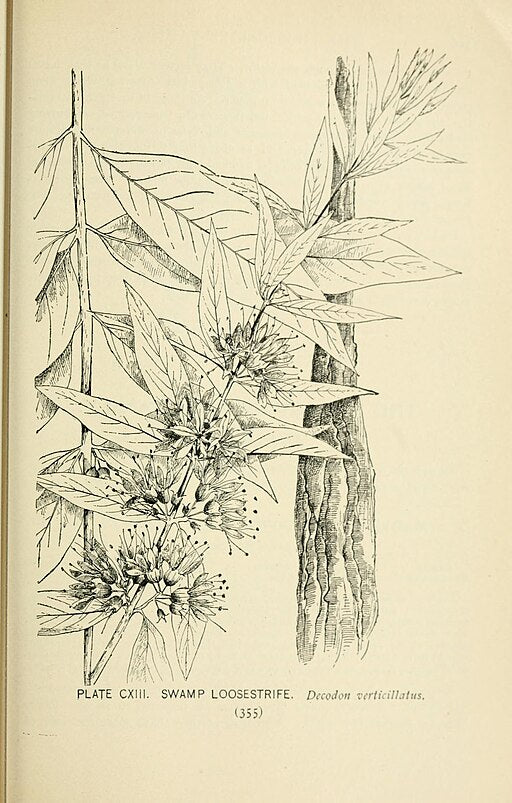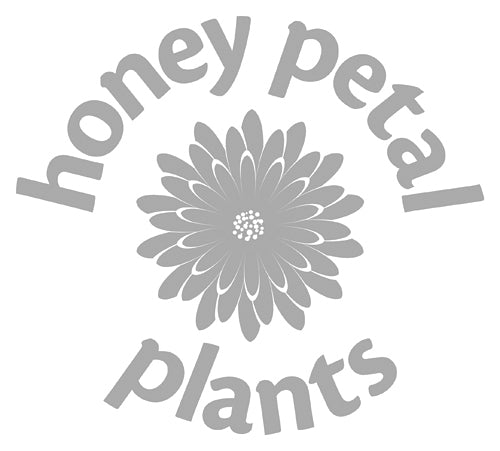Honey Petal Plants
Decodon verticillatus - Swamp Loosestrife
Decodon verticillatus - Swamp Loosestrife
Couldn't load pickup availability
Sizes available: HPP #1
Basics: zones 3-9, 6-8' x 6-8', sun to part sun, pinky rose whorls in midsummer, wet, usually acidic soils
Common names: Swamp Loosestrife, Water Willow, Swamp Willow
Family: Lythraceae
Origin/Distribution: eastern half of North America as far south as Texas and Florida and as far west as Minnesota, Tennessee, and Louisiana. Native to Maine
Habitat: wetlands, bog, pond, wet edge, lakeside, shallow standing water up to 24 inches deep
More: This is a thicket forming herbaceous perennial, but with a decidedly shrubby vibe. Provides excellent erosion control at a lake edge. No water at your place? Grow it a big pot with a tray of water underneath, or in a cattle trough. The willow-like leaves have attractive fall color. The plant provides protective habitat for water fowl, song birds, and aquatic creatures. The flowers are visited by Bumblebees and Swallowtail butterflies. It is a larval host for the Hydrangea Sphinx Moth, Darapsa versicolor, the Pearly Wood Nymph, Eudryas unio, and the Burdock Borer Moth, Papaipema cataphracta, all of which are native to Maine. Ducks enjoy the seeds. Muskrats use the fleshy underground stems for food.
The Decodon genus occurs in the fossil record across the globe, and although now restricted to eastern North America, was distributed widely in diverse forms during the Cenozoic Era. Numerous fossilized plants, as well as seeds over 73 million years old, and pollen has been discovered in Europe, Asia, and North America as far south as northern Mexico. As the climate cooled in the Pliocene, the genus dwindled down to Decodon verticillatus.
Nursery: Landscape plugs from North Creek
Image credit: illustration from Wikimedia Commons


